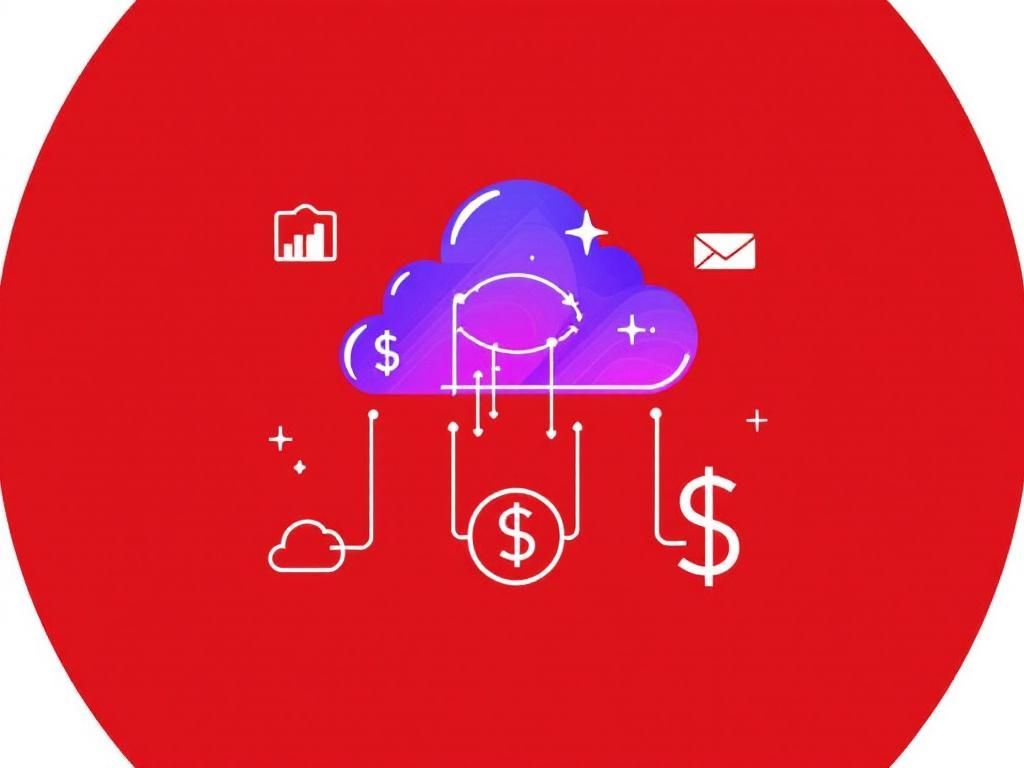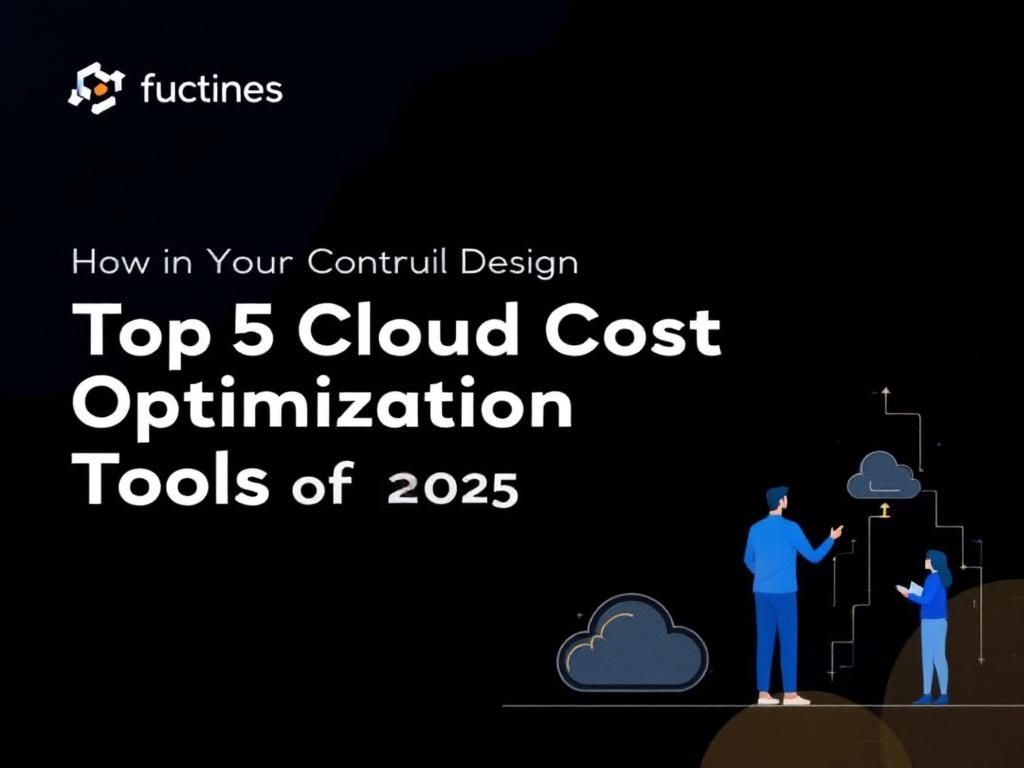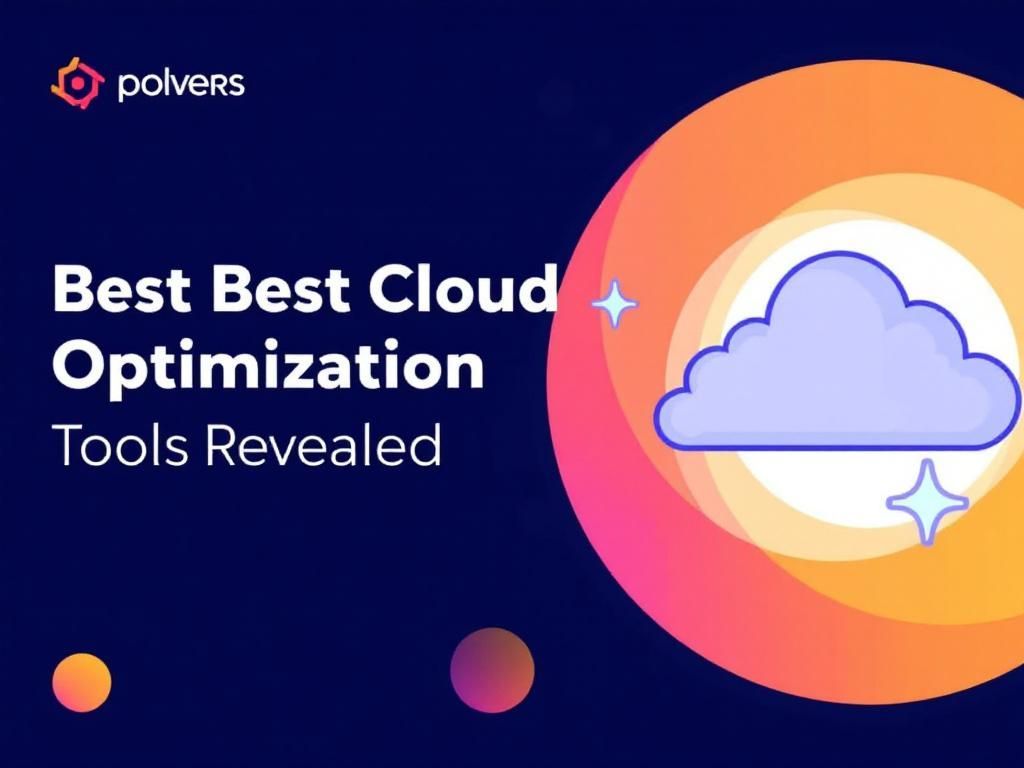Boosting Efficiency with Cloud Cost Analysis Strategies
Discover effective cloud cost analysis strategies to enhance efficiency and optimize your cloud spending for better business performance.

As organizations increasingly migrate to cloud services for their computing needs, managing costs effectively has become paramount. With the flexibility and scalability that cloud solutions offer, they also introduce complexities that can lead to unexpected expenses. This article delves into various strategies for conducting cloud cost analysis, ensuring your organization maximizes its return on investment and maintains financial control.
Table of Contents
Understanding Cloud Cost Components
Before diving into strategies, it’s essential to understand the different components that contribute to cloud costs. Here are some of the primary factors:
- Compute Costs: Charges related to virtual machines, containers, and serverless compute options.
- Storage Costs: Expenses associated with data storage, including block storage, object storage, and file storage.
- Data Transfer Costs: Costs incurred when transferring data in and out of the cloud.
- Licensing and Support Fees: Costs related to software licenses and customer support.
- Network Costs: Charges for bandwidth and networking services.
Key Strategies for Cloud Cost Analysis
1. Implementing Tagging Strategies
Tagging resources is one of the simplest yet most effective methods to track cloud costs. By assigning tags to resources—such as project names, departments, or environments—organizations can gain insightful visibility into spending patterns.
2. Regular Cost Audits
Conducting regular audits helps identify underutilized or idle resources that can be terminated or resized. Consider the following steps for an effective audit:
- Identify resources that have not been used in a defined period.
- Analyze usage patterns to determine whether the resource size is appropriate.
- Document findings and take corrective actions.
3. Utilizing Cloud Cost Management Tools
Investing in cloud cost management tools can streamline the process of monitoring and analyzing cloud expenses. Popular tools include:
| Tool Name | Key Features | Price |
|---|---|---|
| AWS Cost Explorer | Visualize spending, usage forecasting | Free to AWS users |
| Azure Cost Management | Cost analysis, budgeting, alerts | Free to Azure users |
| Google Cloud Billing | Detailed billing reports, budget alerts | Free to Google Cloud users |
| CloudHealth by VMware | Multi-cloud management, optimization | Contact for pricing |
4. Establishing Budgets and Alerts
Setting budgets for different departments or projects can significantly reduce overspending. Tools often provide options to set up alerts for when spending reaches a specified threshold.
5. Rightsizing Resources
Rightsizing involves adjusting resource sizes to fit actual needs. This can be done by:
- Monitoring performance metrics to detect over-provisioned resources.
- Utilizing machine learning tools that automatically suggest resizing based on usage.
6. Leveraging Reserved Instances and Savings Plans
For predictable workloads, purchasing reserved instances or committing to savings plans can lead to significant cost savings:
- Reserved Instances: Commit to a one or three-year term for a lower hourly usage rate.
- Savings Plans: Flexible pricing model that allows users to save based on their usage patterns.
Enhancing Visibility Through Cloud Cost Allocation
Cloud cost allocation is crucial for understanding how different teams and projects consume resources. By developing a clear allocation model, organizations can:
- Encourage responsible resource usage among teams.
- Identify which departments or projects need additional funding.
- Support the overall financial planning process of the organization.
Creating a Cost Allocation Model
To develop an effective cost allocation model, consider the following steps:
- Define the key metrics for resource usage (e.g., compute hours, data storage).
- Assign costs to different business units based on actual usage.
- Regularly review and adjust the allocation model as needed.
Best Practices for Continuous Improvement
Cloud cost management is not a one-time task but rather an ongoing process. To ensure continuous improvement, consider adopting these best practices:
- Stay Informed: Keep up with cloud service provider updates and pricing changes.
- Collaborate with Teams: Engage stakeholders across departments to gather insights and share best practices.
- Invest in Training: Ensure your team is well-versed in cloud cost management strategies and tools.
Implementing a Culture of Cost Awareness
A key aspect of effective cloud cost management is establishing a culture of cost awareness within the organization. Encourage teams to think critically about their cloud usage and promote practices that align with efficient resource utilization.
Conclusion
In conclusion, effective cloud cost analysis strategies are essential for any organization leveraging cloud services. By implementing tagging strategies, conducting regular audits, utilizing cost management tools, and fostering a culture of cost awareness, organizations can significantly enhance their ability to manage cloud expenses. The path to efficient cloud cost management is not just about cutting costs but about strategically aligning resources with business objectives, ensuring long-term success.
FAQ
What is cloud cost analysis?
Cloud cost analysis is the process of tracking, managing, and optimizing costs associated with cloud services to ensure efficient usage and budgeting.
Why is cloud cost analysis important for businesses?
It helps businesses identify spending patterns, uncover inefficiencies, and optimize resource allocation, ultimately leading to significant cost savings.
What are some common strategies for effective cloud cost analysis?
Common strategies include implementing tagging for resource tracking, using cloud cost management tools, setting budgets and alerts, and regularly reviewing usage reports.
How can organizations boost efficiency through cloud cost analysis?
Organizations can boost efficiency by identifying underutilized resources, rightsizing instances, and leveraging reserved instances or spot instances for cost savings.
What tools are recommended for cloud cost analysis?
Popular tools for cloud cost analysis include AWS Cost Explorer, Azure Cost Management, Google Cloud Billing reports, and third-party solutions like CloudHealth and CloudCheckr.
How often should businesses conduct cloud cost analysis?
Businesses should conduct cloud cost analysis regularly, ideally on a monthly basis, to stay updated on spending trends and make timely adjustments.








